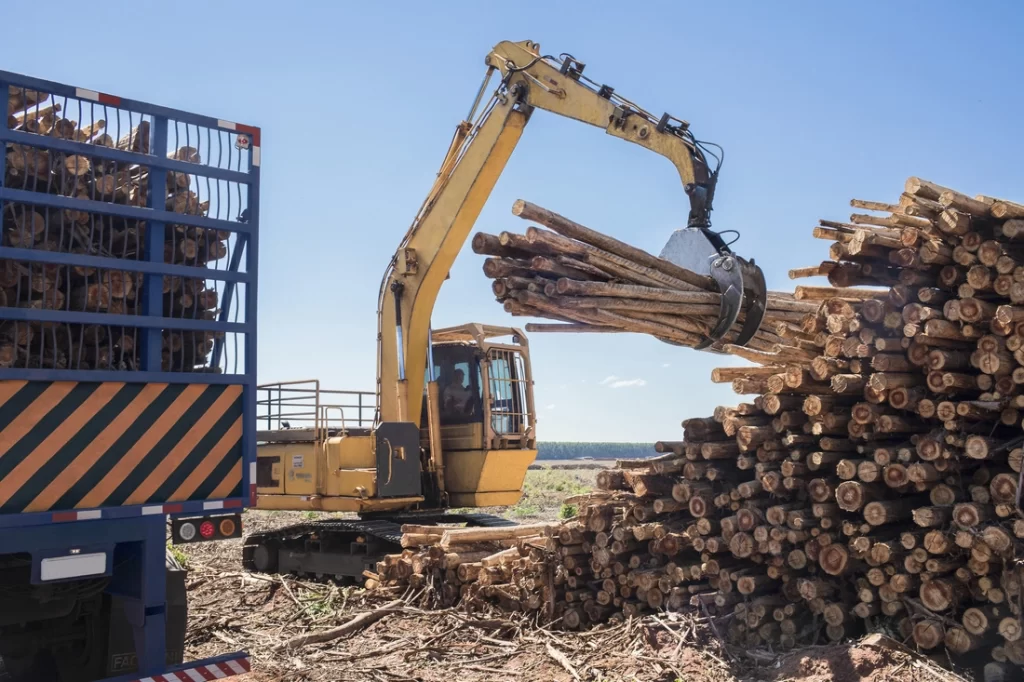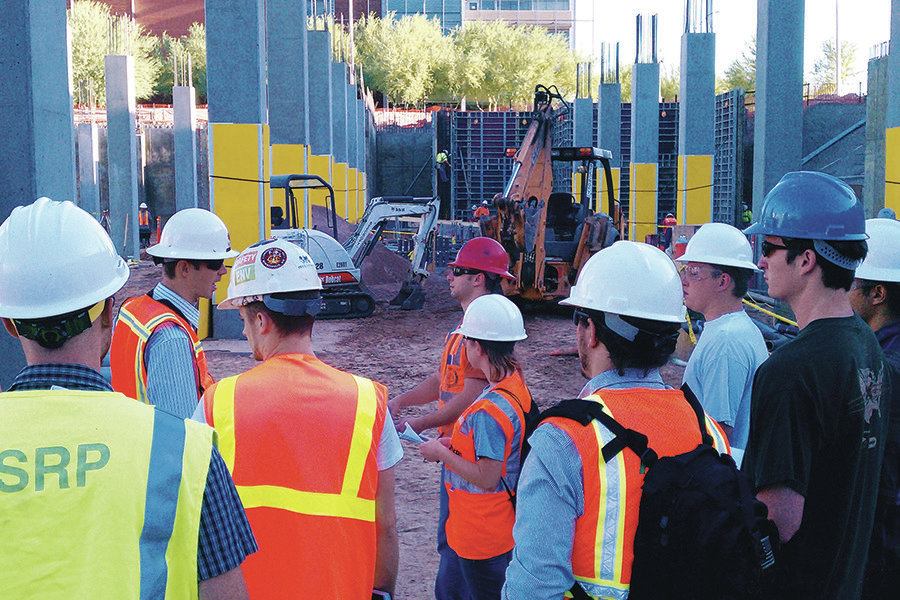Sustainable Forest Product Shipping, Redefined Details To Know
In today’s world, the global demand for forest products like timber, paper, and wood-based goods is ever-increasing. However, this demand brings with it substantial environmental concerns, particularly in how these products are transported. Traditional shipping methods often have significant carbon footprints due to fossil fuel consumption, inefficient logistics, and poor resource management. As industries move towards more eco-friendly practices, sustainable forest product shipping has become a critical focus. Redefining how we transport forest products could greatly reduce environmental impacts, contribute to conservation efforts, and support global sustainability goals. Sustainable forest product shipping centers on reducing the carbon emissions and ecological damage caused by transportation. One key approach involves optimizing logistics, which reduces unnecessary trips, fuel consumption, and overall carbon emissions. Advances in logistics software allow companies to plan more efficient routes, avoiding congested areas, and ensuring vehicles operate at full capacity. These changes alone can lead to substantial reductions in greenhouse gas emissions, cutting down on the carbon footprint of every shipment.

Additionally, shipping modes are being diversified, as industries move from relying solely on trucks and planes—which produce high levels of CO2—to utilizing more sustainable alternatives like rail and water transport. Rail, for example, emits significantly less carbon dioxide per ton-mile compared to road or air transport. Shipping by sea, particularly when done using eco-friendly vessels that operate on cleaner energy sources like liquefied natural gas (LNG) or renewable energy technologies, is also gaining momentum as an essential part of sustainable shipping. Hybrid and fully electric ships are gradually becoming viable, which will further revolutionize low-emission logistics in the future. Moreover, sustainable forest product shipping extends beyond the reduction of transportation emissions. Packaging and materials management are also crucial components. Traditional packaging often involves single-use plastics, which can be detrimental to ecosystems. Now, there is an increased push toward using recyclable or biodegradable materials, such as plant-based plastics or even reusable containers, to cut down on packaging waste.
Certification schemes like the Forest Stewardship Council (FSC) and the Programme for the Endorsement of Forest Certification (PEFC) play vital roles in ensuring that the materials being shipped are sustainably sourced. These certifications guarantee that forest products come from responsibly managed forests that promote biodiversity and combat deforestation. Companies with certified supply chains not only meet consumer demand for eco-friendly products but also contribute to global environmental preservation. In conclusion, sustainable forest products cargo redefines how we transport natural resources by prioritizing efficiency, minimizing emissions, and promoting eco-friendly practices at every stage of the process. From optimizing routes and utilizing green energy sources to incorporating responsible packaging and materials management, these efforts represent a crucial step toward a more sustainable future. As industries continue to innovate and adopt greener practices, the environmental impact of shipping forest products can be significantly mitigated, supporting long-term conservation efforts and global climate goals.
 Cherry pickers, also known as boom lifts, are designed to provide access to hard-to-reach areas. Their extended reach and maneuverability make them ideal for a variety of applications, from installing light fixtures and repairing rooftops to conducting routine inspections on tall structures. With the ability to elevate workers safely while carrying tools and materials, cherry pickers enhance productivity and reduce the time spent on jobs.
Cherry pickers, also known as boom lifts, are designed to provide access to hard-to-reach areas. Their extended reach and maneuverability make them ideal for a variety of applications, from installing light fixtures and repairing rooftops to conducting routine inspections on tall structures. With the ability to elevate workers safely while carrying tools and materials, cherry pickers enhance productivity and reduce the time spent on jobs.

